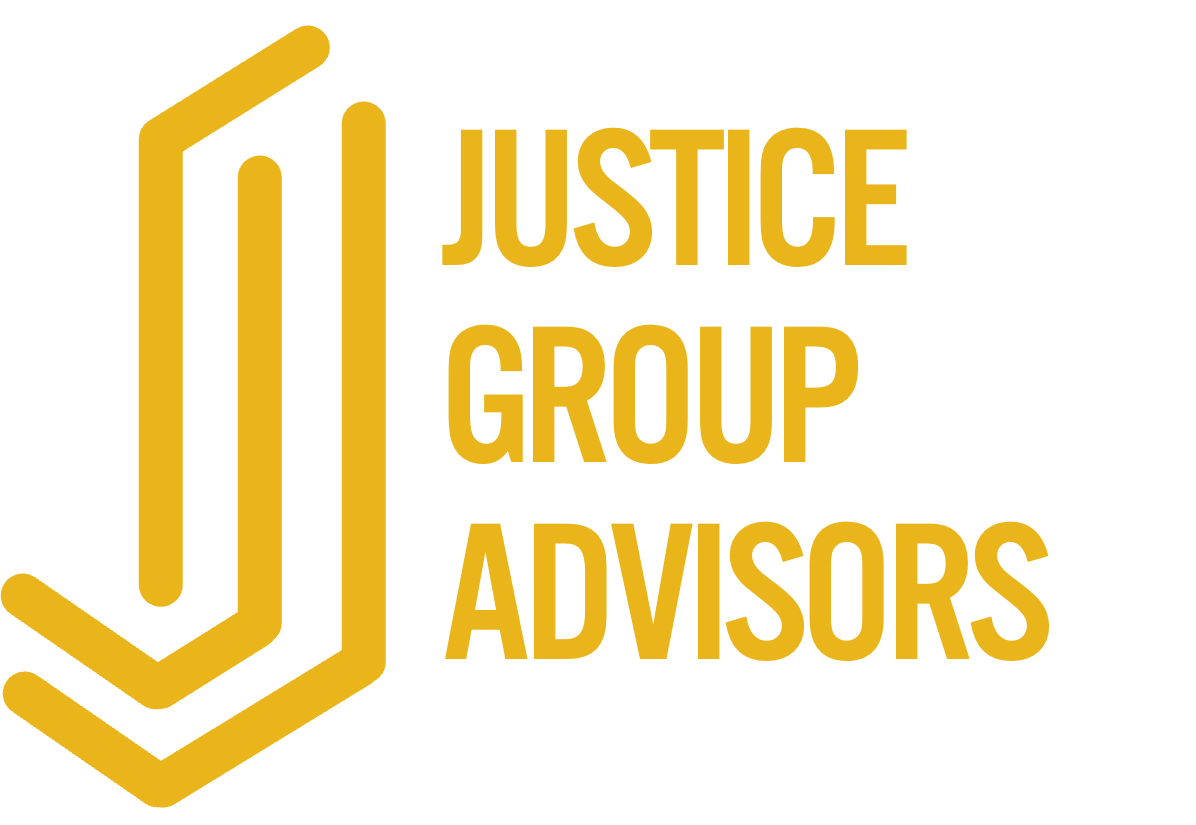Making Connections: 3 Best Practices and a Super Simple Template
Amid ongoing layoffs, creating meaningful connections has never been more critical. Many talented professionals are seeking new opportunities, and introducing them to people in your network may provide the help they need to move forward. What's more, the positive impact of forging these connections extends beyond the job seeker – it also contributes to building a stronger, more supportive professional community.
Moreover, it just feels good. Anyone who has survived a layoff knows the feelings of empathy that accompany being a “survivor.” You want to help, but you may also be overwhelmed or struggling with your own emotions. Forging connections for colleagues who lost their jobs is a simple and effective step you can take to help your former colleagues. You’ll feel a sense of fulfillment knowing that you've played a part in someone's path toward new opportunities. It's a tangible way to turn empathy into action. It’s also a nice way to reconnect with friends and former colleagues. The benefits far outweigh the time and energy it takes.
Regardless, it does take time and energy. To make it super simple, below are three best practices to keep in mind, the template I swear by to make connections, and an illustrative example.
Best Practices for Making a Connection
1. Follow Their Lead: Let the job seeker take the lead in networking. Offer to open your network but refrain from making unsolicited introductions. Ensure your support aligns with their preferences and needs.
2. Make it Mutually Beneficial: Do not make an introduction lightly. There should be potential benefits for both the job seeker and your connection.
3. Engage Privately First: Before making introduction, privately engage with each person involved. Provide them with context about why you believe the introduction would be beneficial and explicitly ask if they are open to connecting. Gauge interest from both parties to ensure a meaningful connection.
Making a Connection Template
Dear [Connection] & [Colleague],
It is my pleasure to introduce the two of you. [Connection], as I shared earlier, [Colleague] is interested in learning more about [your role/ company/ industry/ open position]. [Reiterate the reason you think your connection should meet your colleague].
[Colleague], as I shared with you, [Connection] [reiterate the reason you think there is a mutually beneficial reason to connect].
Thank you,
[Your Name]
👉 Pro Tip: Include their LinkedIn profiles in your introduction so they can get a better sense of their respective professional backgrounds.
Making a Connection Example
Dear Jane & John,
It is my pleasure to introduce the two of you. Jane, as I shared earlier, John is interested in a Scientist position at ABC Biosciences. I’ve worked with John for the past year and have been impressed with his ability to quickly learn and apply new skills, his collaborative approach, and his passion for science.
John, as I shared with you, Jane is the Director of Research at ABC Biosciences Group. We worked together at XYZ Company. She’s a gifted scientist and a thoughtful leader. She would be happy to provide you with some background on ABC Biosciences. I’m sure you will enjoy your conversation with her.
I will leave it to the two of you to take it from here.
Thank you,
[Your Name]
For a steady stream of practical tips, tools, and advice, follow me on LinkedIn. Here’s a related post that dives deeper into this topic—check it out:
P.S. If you’re a leader seeking to achieve big goals, have more impact, and feel more fulfilled, executive coaching may be the best investment you could make. Our executive coaching and advisory services help leaders like you earn and embrace your seat at the table, achieve extraordinary results, and be the leader everyone follows. To learn more, schedule a quick call to see if coaching is for you.

